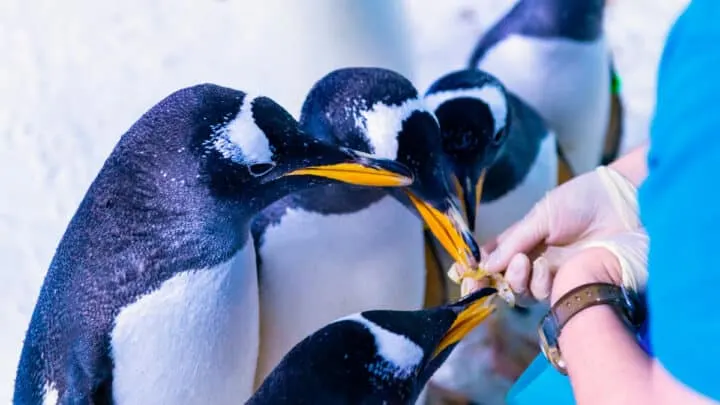Feeling the call of the wild? Here’s where to find animals in London.
London’s full of animals, and we’re not talking about ourselves on a team-building gone wild. If you want to get a little slice of nature there are plenty of places in the city where you can do so.
From scouting for deer in Richmond Park to perusing the 750+ species at London Zoo, and from wetland parks to city farms, there are plenty of places to get your safari on. There are even all the animals we live alongside.
Here’s our guide to spotting animals in London.
Wildlife in London
Richmond Park
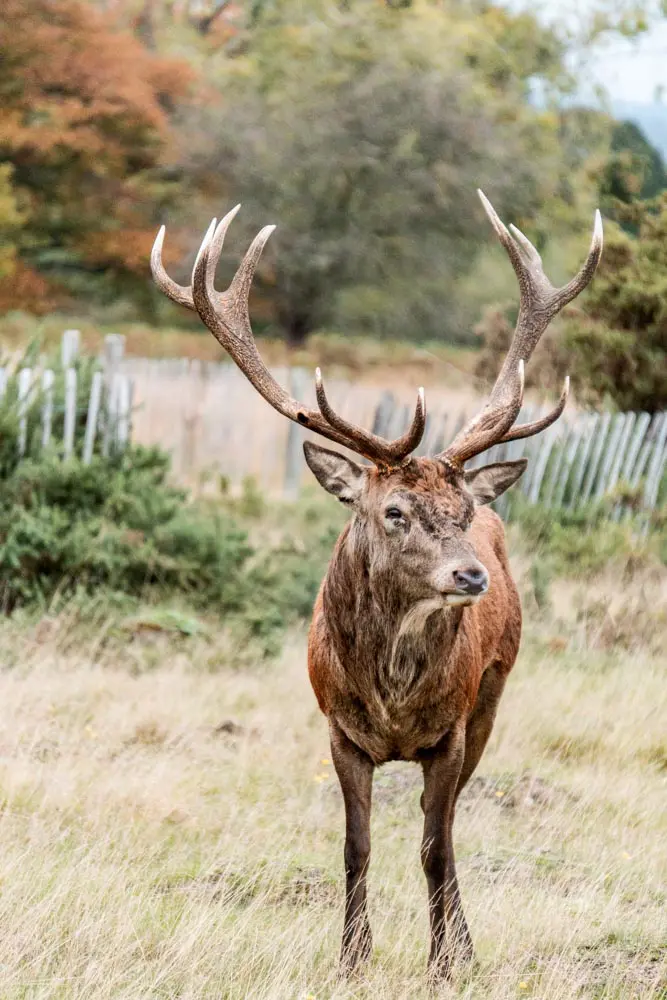
One of London’s most iconic, and magical, spots to see wildlife is undoubtedly Richmond Park. That’s thanks to the hundreds of wild deer that roam the enormous park’s grounds.
They came to be there because Richmond Park used to be a royal hunting ground. In other words, back in the day, the king and his entourage would come down here to hunt the deer, then cook them up for a big feast.
Richmond Park’s deer are much safer from the hands of our royal family these days and make for excellent animal watching, especially in spring when the littluns are born.
London Zoo
Regent’s Park
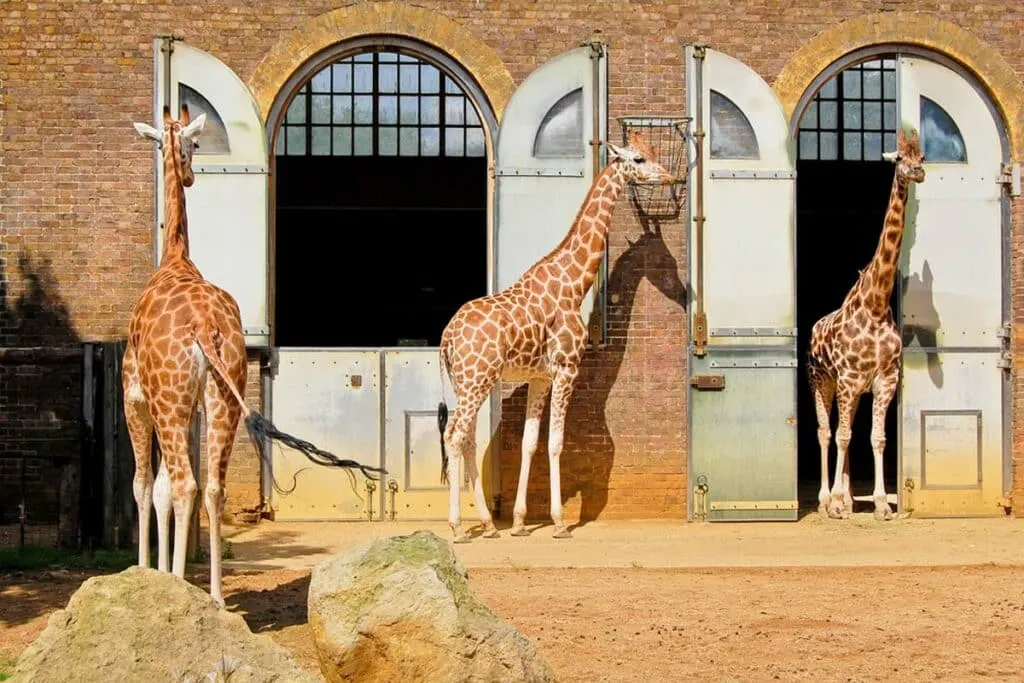
Clearly there’s no better place to see animals than at a zoo, and London has a pretty impressive one. There are over 16,000 animals there ranging through over 750 species.
You can see everything from lions to lemurs, and penguins to porcupines – and before you pipe up and tell us that actually keeping animals in a zoo is unethical, you should know that London Zoo is a conservation zoo, meaning that many of the species you’ll see are actually being protected there.
Being tucked off to the side of Regent’s Park means that you can also catch a glimpse of some of the wildlife from around the zoo’s fences – an exciting bonus to your stroll in the park.
St James’ Park
St James’
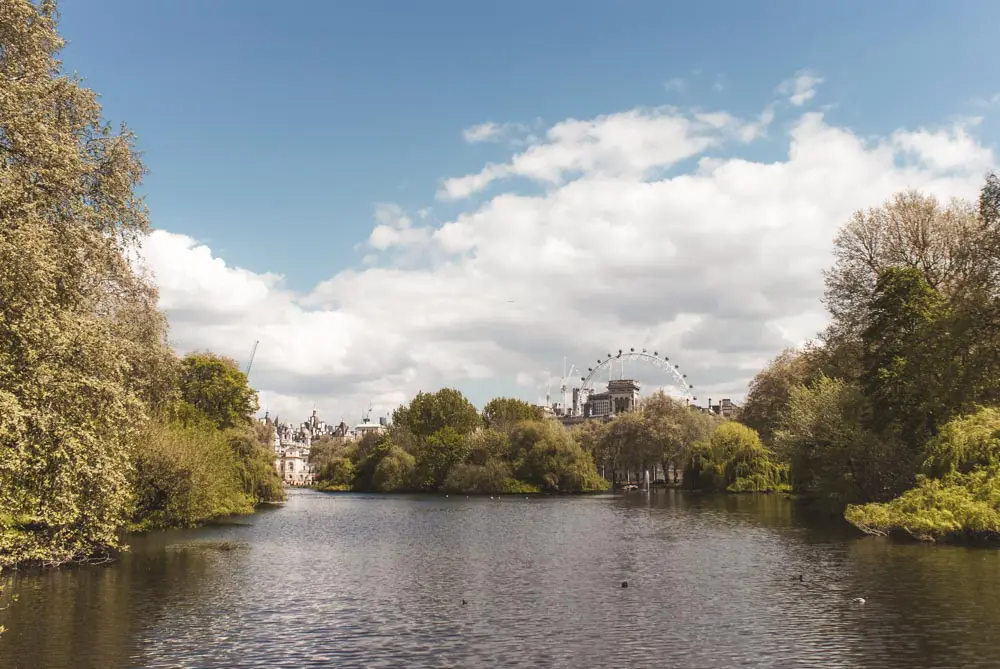
St James’ Park has some interesting animal history. You may have noticed them before, but tucked away on Duck Island (and sometimes sauntering among the public) are a colony of pelicans.
They are part of a tradition that dates all the way back to 1664 when the Russian ambassador gave King Charles II a pair of them for a gift. Pelicans have lived among the other waterfowl in St. James’ Park ever since.
You can watch them at feeding time by heading down to Duck Island 2:30-3:00pm every day.
London City Farms
Citywide
London’s not just this giant concrete urban sprawl you know. It actually has farms (and is technically a forest, but who’s counting).
The city farms are basically petting zoos where you can get your hands all over a selection of very sweet farm animals. Don’t feel like this is strictly a kids activity either. We’ve been there as fully grown adults and thoroughly enjoyed it.
A few of our top favourites are Kentish Town City Farm for its enormous pigs, Hackney City Farm for its cafe and Vauxhall City Farm for the fact it’s in what used to be one of the most depraved parts of London – Vauxhall Pleasure Gardens.
The Sea Life Centre
Waterloo
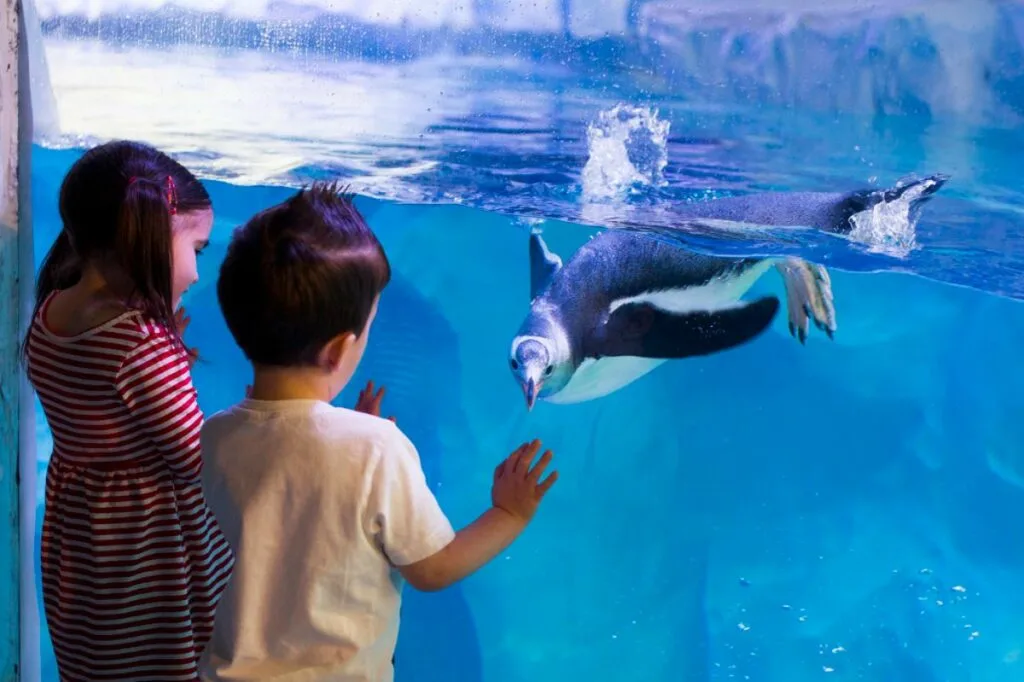
About as obvious as recommending a zoo for animal spotting, we can also recommend this giant zoo for fish – The London Aquarium, or as it’s otherwise known, The Sea Life Centre.
This amazing place has more than 500 species of animals including sharks, all kinds of colourful tropical fish and even a few penguins of their own. That record number of animal types makes the London Aquarium one of the biggest in the world.
Greenwich Peninsula Ecology Park
Just a short walk from the O2 Arena (previously known as the Millennium Dome) you’ll find Greenwich Peninsula Ecology Park. Apart from being a bit of a mouthful to say, the park is also a great place to spot a bit of nature.
It’s home to a variety of bird and insect species that you won’t be able to see in many other places in London, especially in the more built-up areas. One such special animal is the heron who, because of the Ecology Park’s extensive freshwater lagoons, finds the area a great place to hunt.
WWT London Wetland Centre
Barnes
Sprawling out from west London, you’ll find the WWT London Wetland Centre, a sizable area of wetlands where you can feast your eyes on heaps of different wildlife.
The marshland that constitutes most of the wetland park is an excellent home for birds of all kinds. Not only do they find it safe and homely among the reeds, but they generally like to feed on the insects drawn to the water, or the fish that live in it.
The wetland park’s water is also home to an animal you won’t want to miss: otters. You can watch them at their feeding times of 11am and 2pm. The same wardens will also be on hand to offer wildlife tours of the park if you want a professional eye to help you spot the hidden animals.
Your Animal Neighbors
Not all of London’s animals live in zoos or special nature parks. Some of them share the city with us humans. Here are a few of the other animals you might see around London.
Parakeets
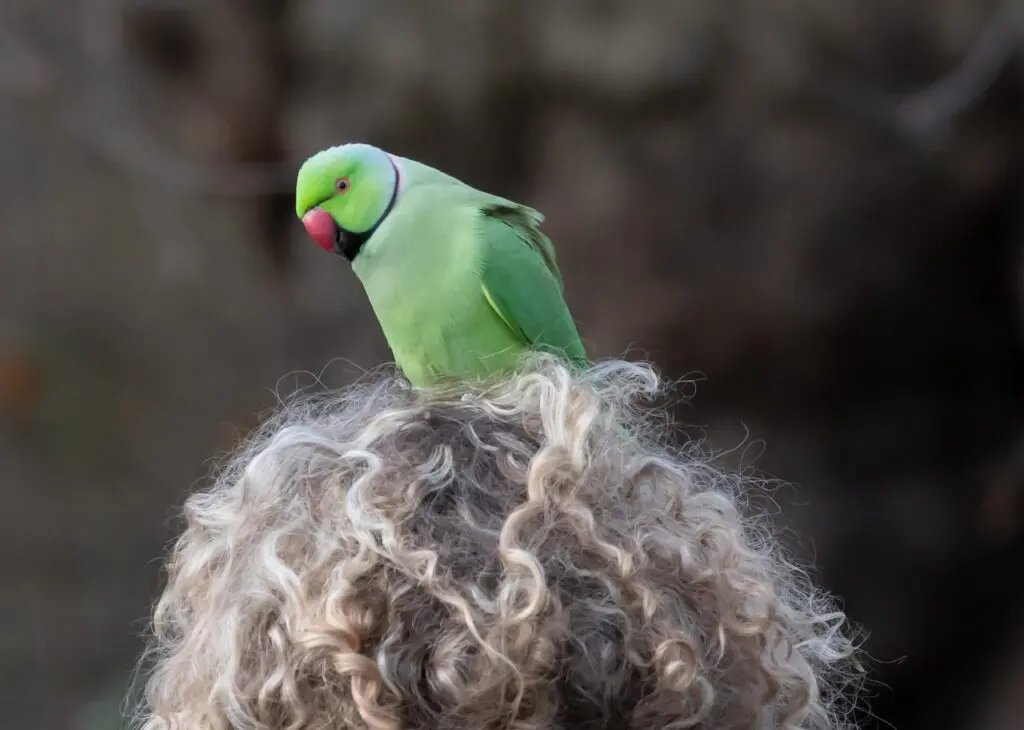
London is now home to the ring-necked parakeet… but that wasn’t always the case. The ring-necked parakeet originally comes from Africa and southern Asia but, because the bird looks so cool with its bright green feathers, many people in England started to keep them as pets.
Over the years enough have escaped or been released by people that didn’t want them anymore that they are now a fairly regular sight among the trees of London. They are also the UK’s only naturalised parrot.
You’re most likely to find the birds in parks or other places with lots of trees and open green space.
Read Next: Why Are There Parakeets in London?
Foxes
It’s no secret that we share the city with foxes. Foxes are primarily rural animals but
The London Wildlife Trust reckons there are about 10,000 foxes that call London home.
Their story is linked to London’s history and, funnily enough, the history of the underground. London used to be a lot smaller than it is now, but with the development of the railways, people were able to live much further away from where they worked than before.
This revolution led to massive urban sprawl that swallowed up many of the foxes’ rural homes. However, being the crafty animals that they are, the foxes quickly realised they could make an easy living scavenging from humans, and here we still are, living side by side.
Rare Birds
Spend a bit of time wandering around London’s parks and you’ll notice that they pretty much all have signs (usually near the water) that explain all the birds you can see on the ponds.
Most of them are spottable on the water – London parks have an abundance of ducks, geese, swans and other waterfowl – but others like kingfishers might need a pair of binoculars and a bit of patience to seek out.
Pigeons
How could we talk about London’s wildlife without mentioning the honourable pigeon? Sure, they may not be as grand as the pelicans, they might be as disease-ridden as the rats, but the city just wouldn’t be the same without them.
There are two types of pigeon in London: The wood pigeon which is a calmer, cleaner bird common to the suburbs and leafy parts of the city, and the feral pigeon which is the dirty, gammy-legged pigeon of the city centre that we all know and love.
It’s pretty much impossible to tell how many pigeons there are in London, but some estimates put the figure as high as 3 million, nearly one for every three humans.
Practical Tips for Exploring Wildlife in London
- If you’re in parks or areas of nature, keep your eyes peeled. Animals are obviously far more likely to gather in places like these than they are in the concrete jungle.
- For foxes you’ll want to be out at night, if you see one during the day you’re very lucky.
- Don’t feed the animals! Most of them are scavengers and can fend for themselves just fine. Feeding them can make them dependent on you – and what’s going to happen to them after you decide you can’t take the stresses of big city life anymore and move to the countryside?

